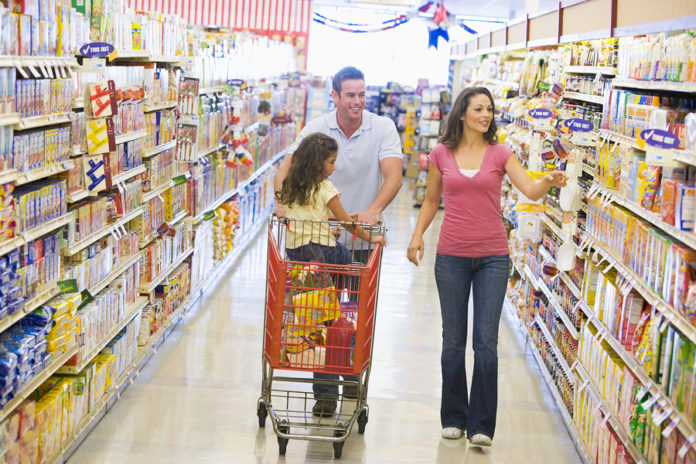
“Thanks to mobile technology and social media, consumers have been rewired as it pertains to shopping, and it may usher in one of the industry’s biggest shifts in consumer behavior.” That’s one of the conclusions of a recent study by the IBM Institute for Business Value (IBV) and the National Retail Federation.
The study, Meet the 2020 Consumers Driving Change, surveyed 18,980 consumers in 29 countries about shopping habits, consumption patterns, factors affecting brand and product choice, and willingness to change behavior based on personal values and beliefs.
Although the report is across all consumer packaged goods, it offers insights relevant to the food and beverage industry. Overall, the report has three main takeaways:
1. Consumer shopping behavior has changed
Planned, discrete shopping trips are no longer the norm. Today’s always-on consumers shop whenever and wherever the mood strikes. Increasingly, they shop while doing something else. The report calls this type of shopping “micro-moments.” Seventy-one percent of consumers surveyed say they shop in micro-moments, with 35% doing so at least once a week. For the food industry, this finding shows consumers often shopping individually for items as needed, rather than making a single, regular weekly trip to the grocery store.
2. Sustainability has reached a tipping point
Consumers who support social causes want products and brands that align with their values. Fifty-seven percent of consumers surveyed are willing to change their shopping habits to reduce environmental impact. Almost 80% of consumers say sustainability is important to them. For those who say it’s very/extremely important, over 70% would pay a premium of 35%, on average, for sustainable and environmentally responsible brands.
The report recommends that companies that want to do sustainability right need to:
- Earn consumer confidence through transparency and traceability.
- Factor in consumer willingness to pay a premium or change behavior to reduce environmental impact.
- Leverage sustainability as a driver for end-to-end operations. That is, ensure a sustainable supply chain, such as the sustainable sourcing of palm oil.
- Align sustainability initiatives to core competency. An example for the food and beverage industry is using discarded food by turning it into nutrient-rich by-products such as animal feed or protein flour.
3. Values are as important as value
The report identified four types of consumers:
- Purpose-driven consumers (44% of consumers in the food and beverage industry) look for products and brands that align with their lifestyle and with health/wellness benefits. These consumers will pay a premium for these products. They also care about issues such as sustainability and recycling and will change shopping habits to reduce environmental impact.
- Value-driven consumers (35%) want good value, convenience, and products/services to simplify life. The primary concern of these consumers is getting their money’s worth. They choose brands based on price and convenience. This group isn’t disposed to changing their habits to decrease negative environmental impact.
- Brand-driven consumers (16%) trust brands, and brand is a major factor in their purchasing decisions. This group has the highest average income, and they shop and spend more.
- Product-driven consumers (5%) focus on product functionality.
The study also found consumers want more flexibility in how, where, and when they make purchases than they did five years ago. From 2014 to 2019, the percentage of consumers who expect to be able to shop for food and beverage online and then pick it up increased from 9% to 62%. Similarly, the percentage who expect online shopping with delivery increased from 28% to 77%.
The report concludes that although shopping has changed, the fundamentals still matter. To succeed, retailers need to:
- Deliver value instead of disappointment.
- Be omnipresent, and fulfill anywhere, anyway, and anytime.
- Expand the role of the store to reach its full potential.








